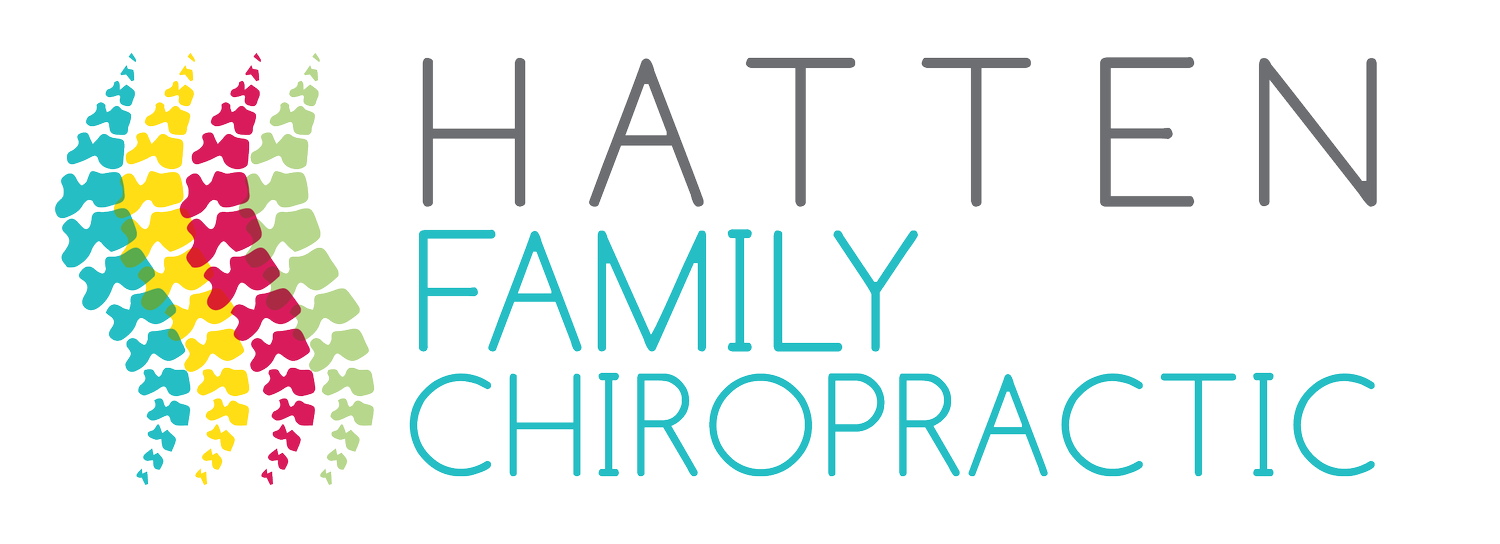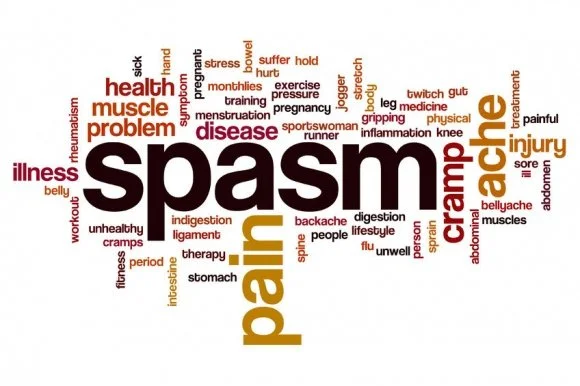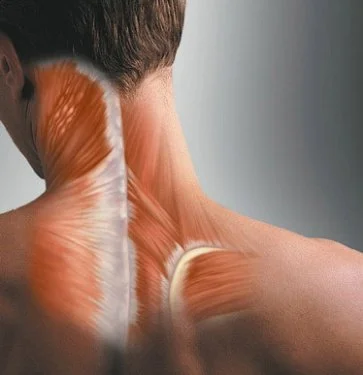The Vertebral Subluxation Complex Part 3: Myopathology
This is probably the easiest part of the Vertebral Subluxation Complex to explain to patients. In fact, you don't normally have to explain it at all. It is one of the most common symptoms associated with subluxation, and muscle spasms and muscle pain are some of the most common drivers of patients into chiropractic offices around the country.
Let's take a quick breather and remind ourselves of the basic concept of subluxation, since it has been a few days since the last post. You can read my overview of subluxation here. You can read my first post about the details of subluxation here, and you can read the second post here.
Now, what does myopathology mean? "Myo-" is the Greek prefix for muscular, and again, as discussed earlier, patho- is the Greek root for disease or malfunction. "-logy" is the Greek suffix for speaking on or studying about a topic. So myopathology is the study of malfunctioning or diseased muscles.
So today we're talking about muscle spasms. Did you know that one in three Americans will suffer from moderate to severe low back pain this year? This is not just adults, but it even includes children.
Muscle spasms can be caused by a variety of sources, and they are not the same thing as a cramp. Cramps come on quickly, and while it doesn't seem like it at the time, leave almost as quickly. These are your "charlie horses" that can wake you up screaming in the middle of the night. On the other hand, I want you to think of muscle spasms as a gradual tightening and contracting of the muscle. This means that you feel stiff, you may feel like you can't bend or turn as far as you normally could without pain. While cramps tend to occur from chemical imbalances, (often a lack of potassium or magnesium or other essential electrolytes), muscle spasms tend to be the result of major or micro traumas and injuries.
You can see the "spasm" on the upper left side of the man's neck, just below the hairline.
Muscle spasms can cause or be the result of a spinal misalignment. These are most common in the low back and in the neck. While they can sometimes come on as quickly as cramps from simple actions like bending over to pick something up, they will often linger for days if they're untreated. If you have ever heard someone say that they "threw their back out," it is almost certainly one of these muscle spasms.
If you are experiencing one of these, you almost certainly have a spinal subluxation as well as at least three if not all four other parts of the vertebral subluxation complex!
If you've been reading my blog, you know that my focus is health and wellness. I don't like to dwell on pain. I do, however, know from first-hand experience how bad some of these muscle spasms can hurt. That said, I want you to know that I am extremely well-qualified to handle treating these muscle spasms with gentle, instrument-assisted adjustments. That means that I use a very gentle force that I can control very precisely with an adjusting tool rather than using my hand and delivering a somewhat more forceful manual adjustment. I also have other special tools and rehab training to help you recover from this as quickly as possible.
Yours in health,
Dr. William



